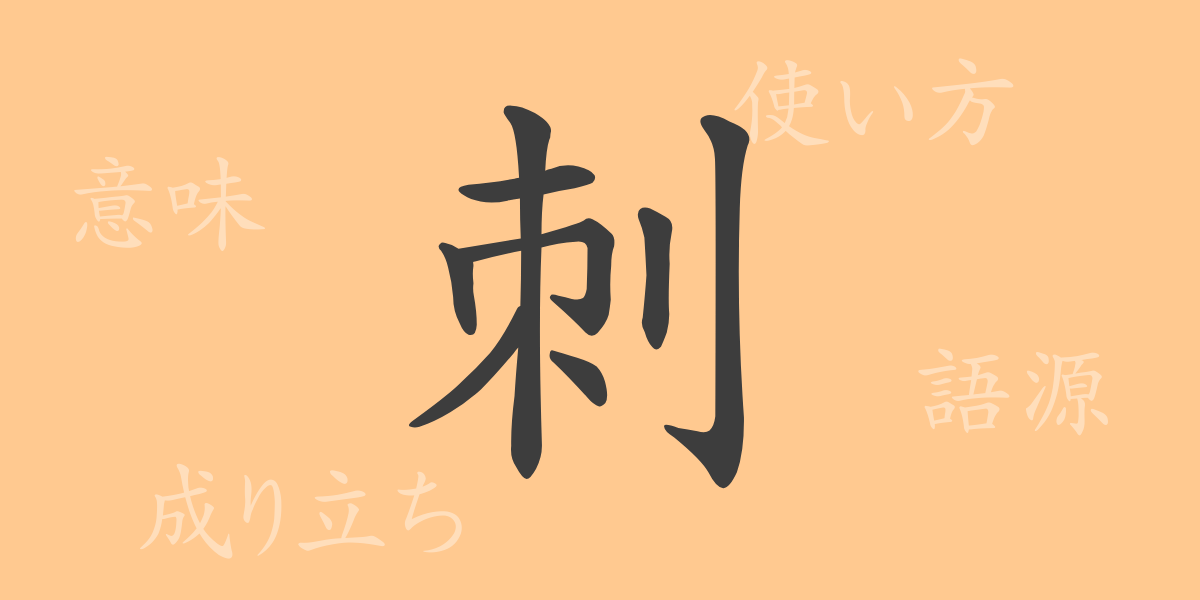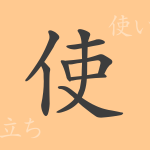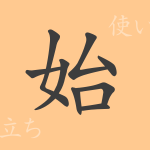The commonly used kanji “刺(さ)す” plays a significant role in the rich expression of the Japanese language. This single character embodies various meanings and emotions. Although “刺(さ)す” is frequently seen in daily life, its historical and cultural background, as well as its usage, deserve a deeper exploration. In this article, we will delve into the origins, meanings, and usages of “刺(さ)す,” its readings and stroke count, and also explore idioms and proverbs that include this character.
Origins of 刺(さ)す
The kanji “刺(さ)す” developed from an ancient Chinese pictograph representing the action of stabbing with a sharp object. Originally, it depicted a combination of a blade’s tip and a piece of wood. Over time, it evolved into its current form. The character “刺(さ)す” evokes imagery of attack or defense, making it a powerful symbol in various cultures and languages.
Meaning and Usage of 刺(さ)す
The kanji “刺(さ)す” encompasses meanings such as “to stab with a thorn or needle,” “to cause sharp pain,” and “to stimulate the heart.” It is used in various contexts, as seen in words like “刺激(しげき)” (stimulus), “刺繍(ししゅう)” (embroidery), and “名刺(めいし)” (business card). Thus, it is used not only for physical actions but also for emotional or psychological impact.
Readings, Stroke Count, and Radical of 刺(さ)す
The kanji “刺(さ)す” has multiple readings in Japanese, primarily as follows:
- Readings: The on’yomi (音読み) reading is “シ,” and the kun’yomi (訓読み) readings are “さす” and “さし.”
- Stroke count: “刺(さ)す” has a total of 8 strokes.
- Radical: The radical of “刺(さ)す” is “刂(りっとう),” which represents a sword, commonly associated with characters that imply cutting, stabbing, or slashing.
Idioms, Phrases, and Proverbs Using 刺(さ)す
Many idioms, phrases, and proverbs in Japanese include “刺(さ)す.” Here are a few examples:
- 刺身(さしみ): A dish of fresh seafood sliced thinly.
- 心に刺さる(こころにささる): To deeply impress or move emotionally.
- 一刺し(ひとさし): To stab once, or a small effort or labor.
- 刺し違える(さしちがえる): To die together with an opponent, expressing a resolve to fight to the end.
Conclusion on 刺(さ)す
The commonly used kanji “刺(さ)す” is rich in both literal and figurative meanings, contributing significantly to Japanese language and culture. Its presence in various expressions shows how deeply it is rooted in everyday life and cultural contexts. By understanding the words and expressions derived from this character, we can appreciate the depth of language and the sensitivity it brings to our communication.

























